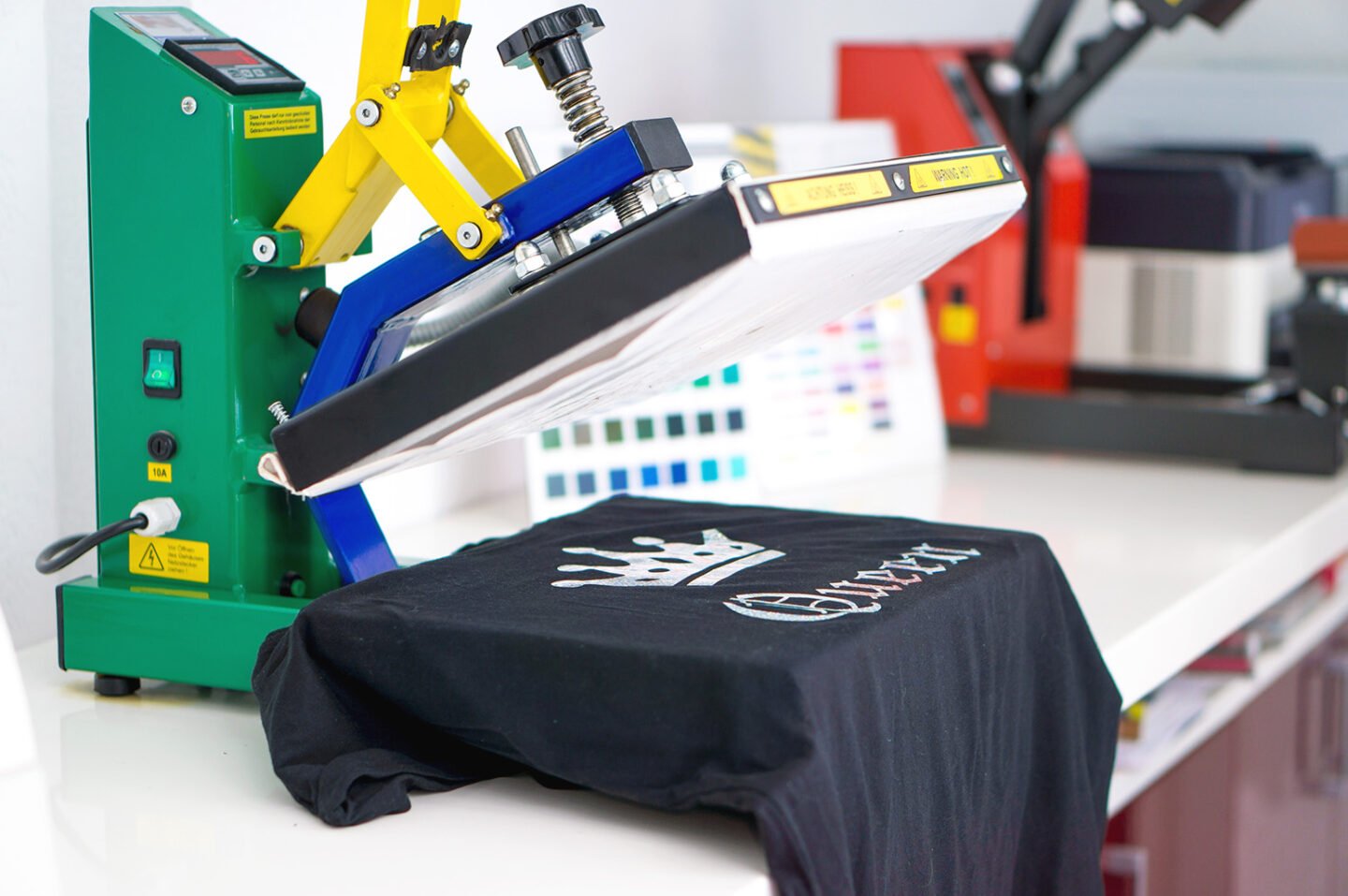Thinking of starting a home business but not sure what to do? If you’re creative and love working with designs, a printing business might be suitable for you. It’s fairly easy to start from home and requires a small capital. If you have access to the money, you can start a printing business in a week.
You could print and sell a variety of products. Mugs, t-shirts, and printers are some popular product types. However, crafting and following a proper business plan is mandatory for the success of such businesses. Below, we have listed six important tips for starting and growing a printing business at home.

Identify market and demand
Begin with determining what type of products you will sell. You could choose from t-shirts, mugs, cases, other accessories, cards and tags, bags, or stickers. Next, identify your target market and location. What is the size of the market? Is there enough demand for the above-mentioned items in this market to sustain your business and gain profitability? How many products must you prepare every week? Is your production capacity sufficient for the demand?
After figuring these out, prepare the capital accordingly. Your capital will vary based on your number of equipment, first print run, and the number of raw materials bought. For example, if you need ten mugs, sublimation supplies, and a printer for your printing business, your costs will be different from a t-shirt screen-printing business.
Ensure product and design quality
The main competitive advantage of the printing business is the uniqueness of design and the quality of the finished products. The more unique your designs are, the more customers you can attract. Try to create designs that relate to popular trends. Constantly innovate to bring unique and better designs than your competitors to stay ahead in the game.
Printing is a highly sensitive process. You might have a few missed attempts before you can get a correct print. Sometimes the object might be skewed or the print might not be accurate. Remove them from your pile of finished products. Throw them away or sell them off at a cheaper price. Selling perfectly printed products is a great way to ensure quality.
Invest in good quality equipment
You must invest in good quality equipment to maintain the quality of your products. Every machine has an error rate, and it tends to be higher for faulty equipment. That way, you’re more likely to end up with more damaged products than good ones. This will increase your loss or damage your brand reputation if you try to sell them. Good quality equipment will last longer and also provide great prints.
Create a website
You need a website to begin selling your products. You can build a store from scratch, or take help from third-party platforms such as Amazon, eBay, and Shopify. Etsy is another platform popular for selling hand-crafted items, so check that platform out, too.
Post the best pictures of your product on the website. Post pictures from all angles for the customers to see what they’re buying. Always post accurate pictures. A discrepancy between the product image and the actual product sold can damage your brand. Have a safe payment method on your website to ensure customer data.
Create a strong online presence
Creating a strong online presence is mandatory in today’s age. Most of your customers will spend a significant portion of their days on social media. Try to grab their attention with attractive content. As your business will have plenty of visual content, sign up on social media platforms such as Facebook, Instagram, and Tiktok, and build a follower base there. Showcase your range of products and also give your customers a sneak peek of how you create them. Document every small process to create content out of them. Engage with your customers and build positive relationships on social media. Sometimes post yourself on the pages to let them see who they’re communicating with. It adds a face to your brand and creates trust among customers.
Maintain quality service
Maintaining an overall good service is also required for the growth of the business. Respond to your customers regularly. If they ask about your products, reply to them in time. If an item isn’t available, remove them from the website to prevent confusing your customers. Pay attention to social media comments as they sometimes give you insight into customer satisfaction.
If a customer isn’t happy with your products or has received damaged products, take responsibility and replace them. Controversial customers can defame your business. Try to handle them with utmost respect and care.
Often businesses begin to slack after gaining popularity. Try to maintain your product quality and continue to innovate to stay ahead of your competitors in the game.
In Conclusion
Starting a home-based business is easy and exciting at the same time. If you know the right tactics, you can grow it steadily over a certain period. Stay focused on your goals, regularly research your competitors, and innovate every day.
